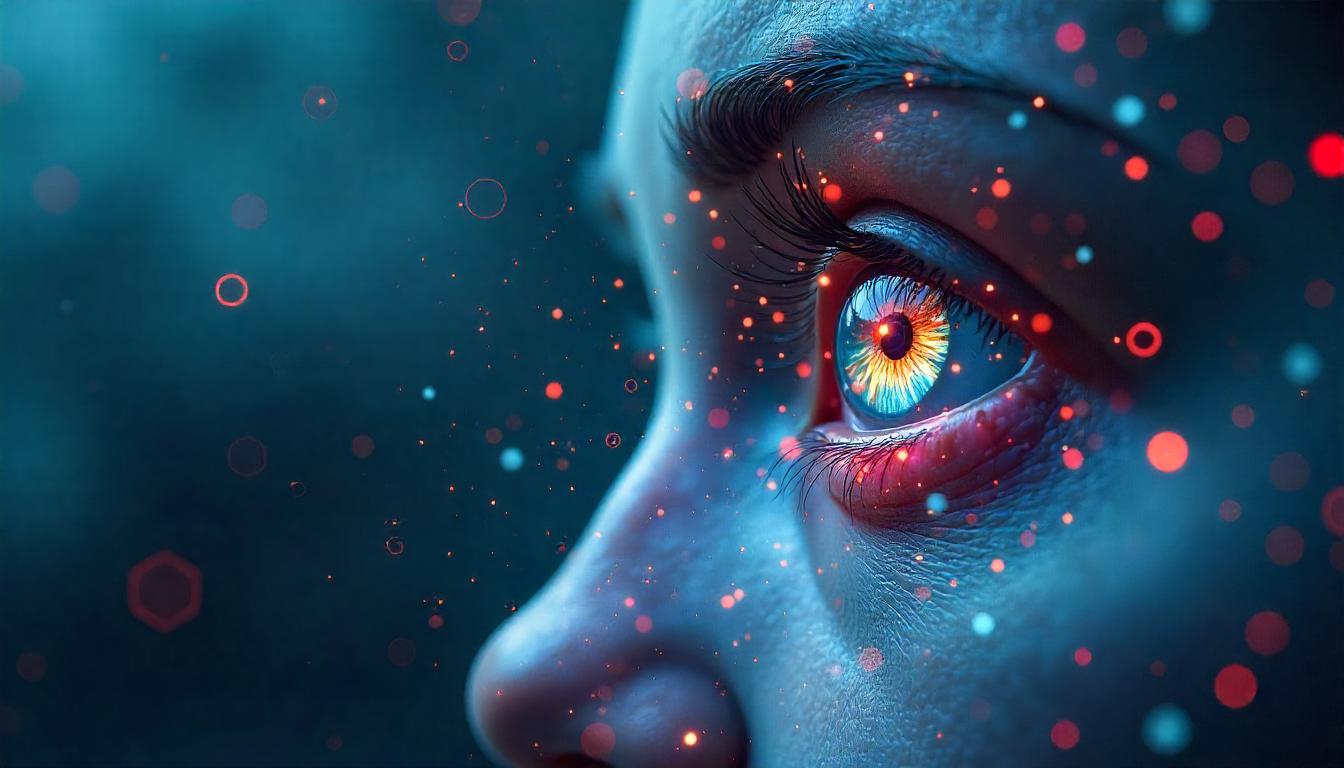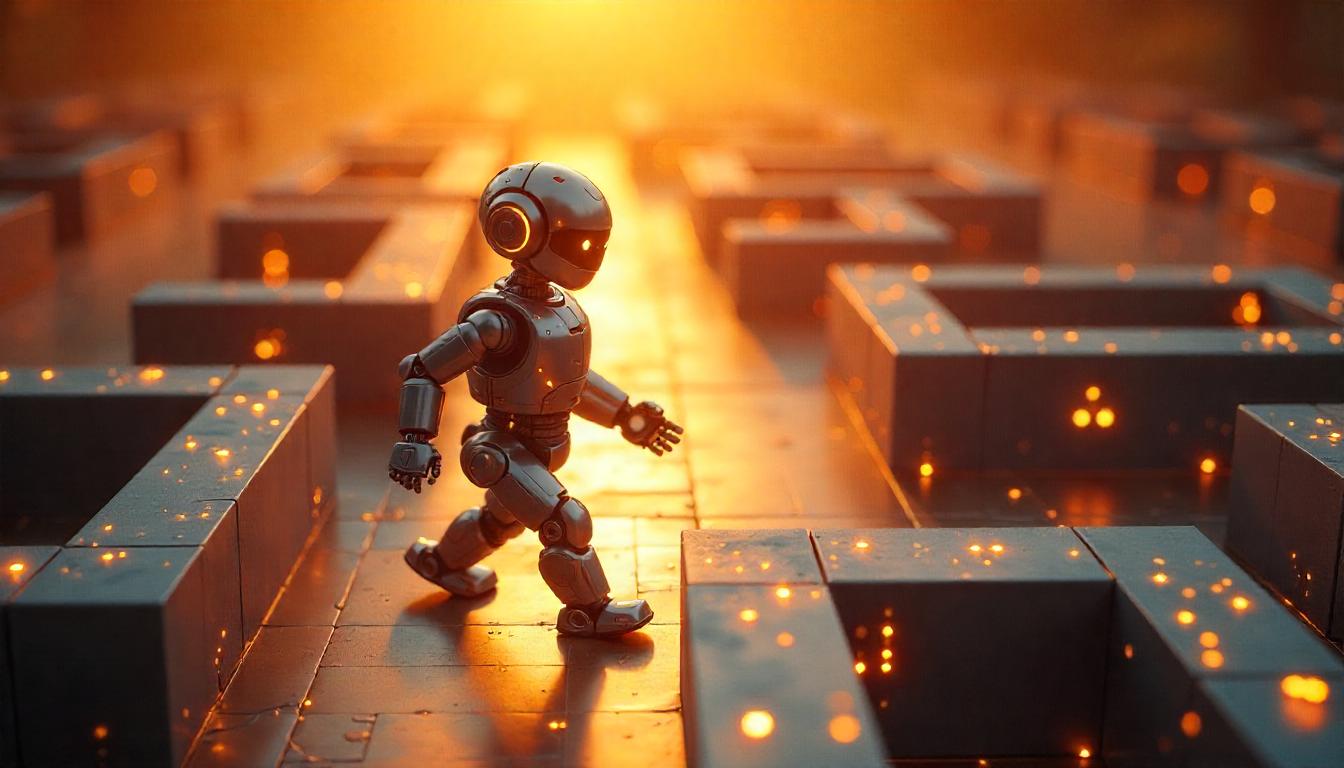Computer Vision: Giving AI the Power of Sight
Artificial intelligence is transforming how machines read, write, and think—but one of its most exciting abilities is learning how to see. This remarkable technology is called Computer Vision, and it’s reshaping industries and everyday life.
Whether it’s helping your smartphone recognize your face, powering self-driving cars, or scanning medical images for signs of disease, Computer Vision is unlocking new possibilities across the world. Let’s dive into what this technology is, how it works, and why it’s such a game-changer.
What is Computer Vision?
Computer Vision is a specialized field of AI that teaches machines to analyze and understand visual information like photos and videos.
Humans can easily recognize faces, animals, objects, and scenes. But for computers, images are simply collections of pixels. Computer Vision bridges that gap, enabling machines to detect patterns, identify objects, and even understand complex visual scenes.
Think of it as teaching computers how to “see” the world as we do—and sometimes even better.
How Does Computer Vision Work?
So, how do machines learn to see? Here’s how Computer Vision breaks down the process:
1. Capturing Images
It all starts with gathering visual data from cameras, sensors, or video feeds.
2. Preprocessing
The images are adjusted for clarity, brightness, and noise so the computer has clean data to analyze.
3. Feature Detection
The AI picks out key elements—edges, shapes, textures, and colors—that help identify objects.
4. Object Recognition and Classification
AI uses trained models to figure out what’s in the image. Is it a dog, a tree, a car, or a human face?
5. Analysis and Action
Once it “understands” the image, the AI can act on it—like unlocking your phone, alerting a driver about a pedestrian, or diagnosing a health issue.
Real-Life Uses of Computer Vision
Computer Vision is already everywhere—even if you don’t always notice it. Here are some powerful examples:
🧑💻 Facial Recognition
Unlock your phone, pass through airport security, or tag friends in photos on social media—all thanks to Computer Vision.
🚘 Self-Driving Cars
Autonomous vehicles rely on Computer Vision to detect traffic signs, other cars, pedestrians, and obstacles.
🛒 Retail and Shopping
Stores use Computer Vision for inventory tracking, smart checkouts, and analyzing customer behavior.
🏥 Medical Imaging
Doctors use AI-powered tools to scan X-rays and MRIs for early signs of disease.
🎨 Fun Filters and AR
Face filters, AR games, and interactive effects on apps like Instagram and Snapchat are powered by Computer Vision mapping your facial features.
Why Computer Vision Matters
Teaching machines to see is about more than simply recognizing objects—it’s about giving technology the ability to understand and interact with the world.
Benefits include:
- Faster and more accurate decision-making
- Reducing human error in critical tasks
- Improving safety and efficiency across industries
- Opening doors to creative and innovative applications
From agriculture and manufacturing to healthcare and entertainment, Computer Vision is becoming essential for businesses and consumers alike.
The Challenges Computer Vision Faces
Despite how far it’s come, Computer Vision still faces hurdles:
- Changes in lighting or background can confuse AI systems.
- Bias in training data can lead to unfair results.
- Privacy concerns are growing as surveillance and facial recognition become more widespread.
- Real-time analysis demands significant computing power.
Researchers continue working on these challenges to create fairer, more accurate, and privacy-conscious AI systems.
The Future of Computer Vision
The future for Computer Vision looks incredibly bright. We’re likely to see:
- Smarter robots navigating complex environments
- Real-time translation of street signs and menus via smartphone cameras
- Enhanced AR and VR experiences for gaming, education, and shopping
- Sustainable solutions, like monitoring crops for signs of disease
As Computer Vision advances, machines won’t just “see”—they’ll understand the world in deeper, more meaningful ways.
Final Thoughts
Computer Vision is one of AI’s most transformative technologies. It’s helping machines bridge the gap between the digital and physical worlds, making them more aware, responsive, and intelligent.
So, the next time your phone unlocks with a glance or an app suggests the perfect photo tags, remember—it’s Computer Vision at work behind the scenes.
Curious to learn more about AI, technology trends, and the future of innovation? Subscribe to our blog for insights, tutorials, and news that keeps you ahead of the curve!





